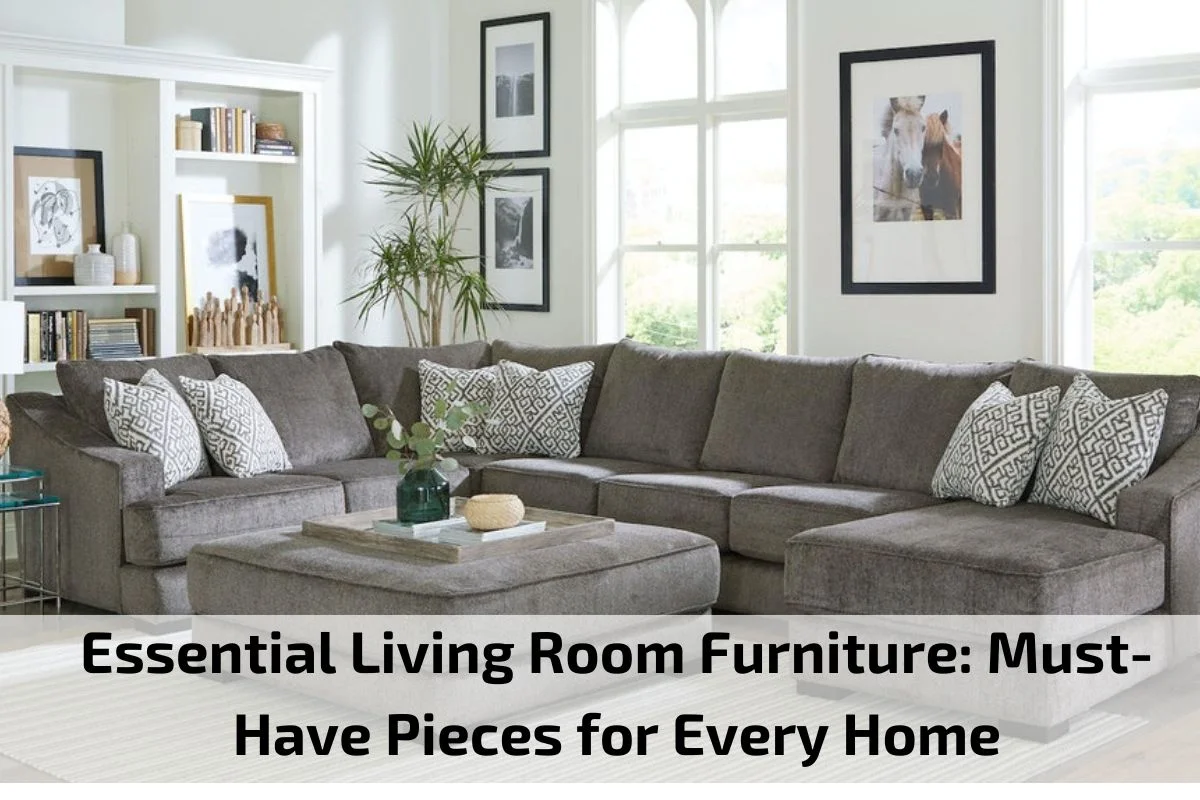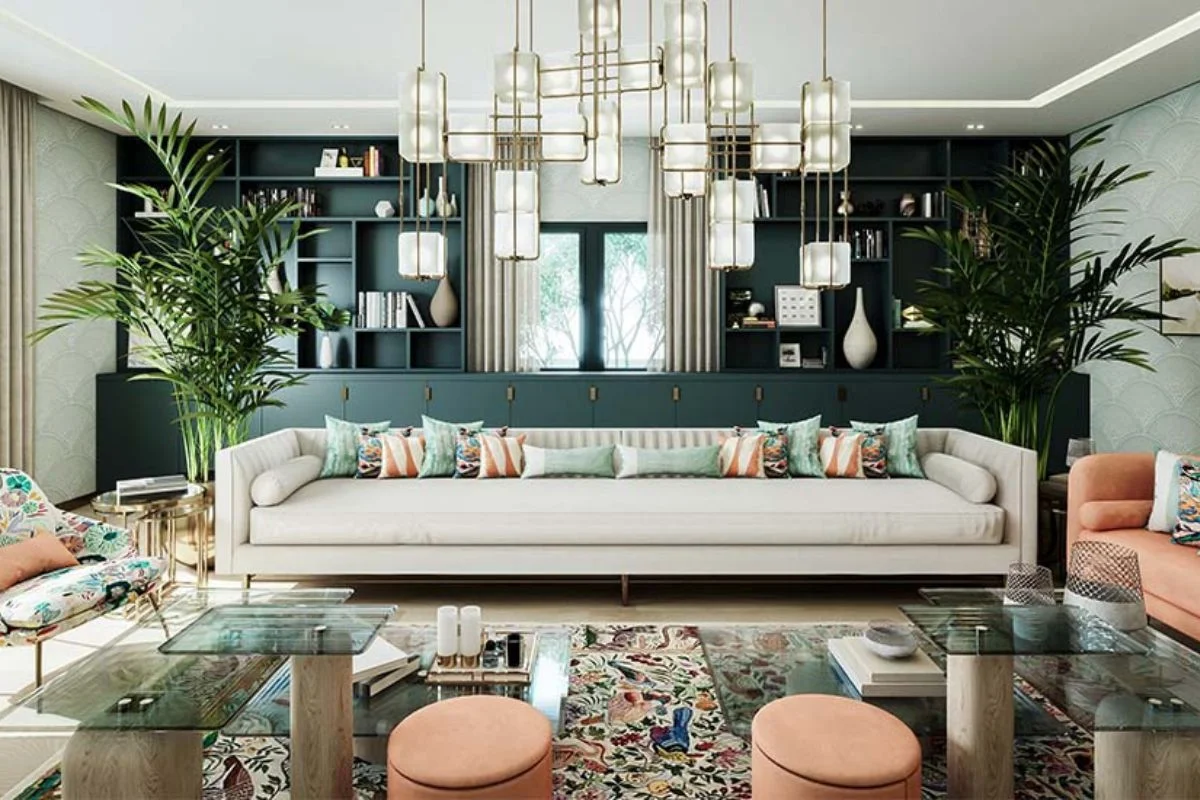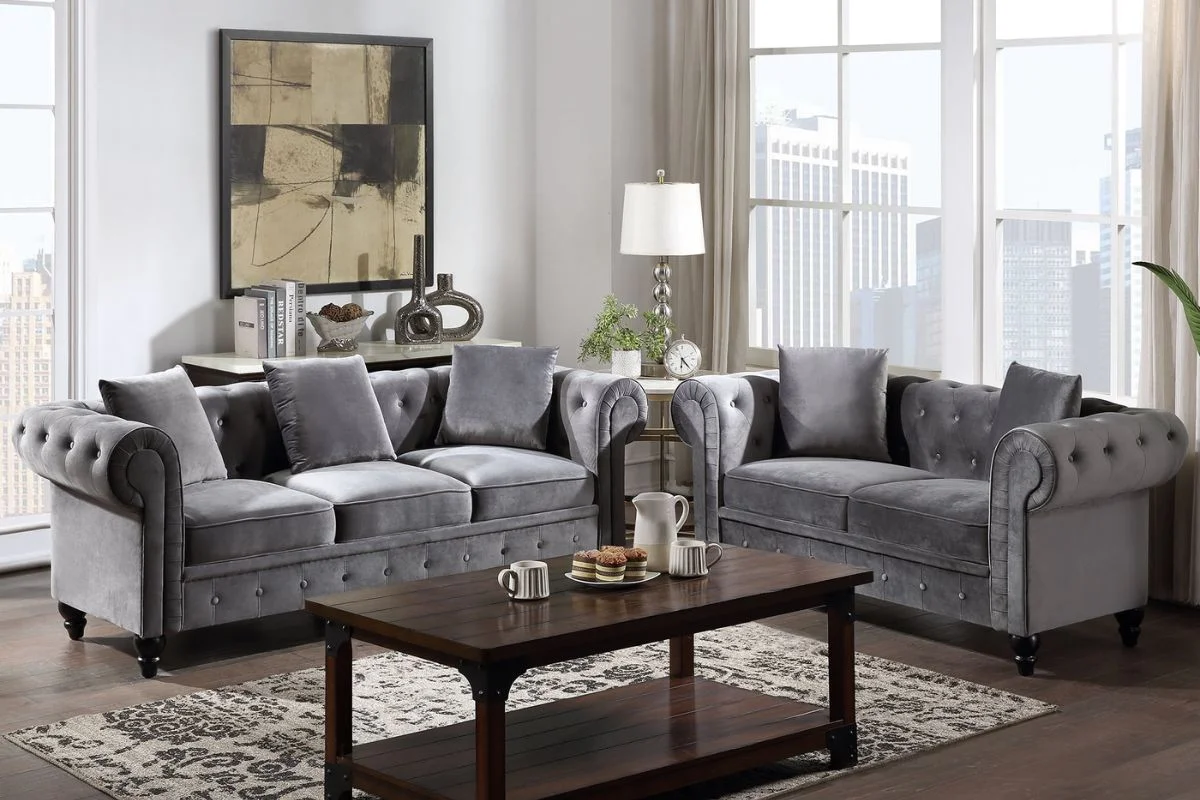
The living room serves as the heart of the home, where families gather, guests are entertained, and memories are made. To create a comfortable and inviting space, it’s essential to have the right furniture pieces that not only reflect your personal style but also meet your functional needs.
In this guide, we’ll explore the must-have pieces of living room furniture that every home should consider. From foundational pieces like seating and tables to accent pieces that add character and charm, we’ll cover the essential elements that contribute to a well-designed and functional living room.
Whether you’re furnishing a new living room or looking to update your existing decor, this guide will provide you with valuable insights and tips for selecting the perfect furniture pieces that enhance your space and create a welcoming atmosphere for family and friends alike. So let’s dive in and discover the key elements of essential living room furniture.
The Importance of Living Room Furniture
The living room serves as the heart of the home, a space where family members and guests gather to relax, converse, and connect. Within this central hub, living room furniture plays a pivotal role in shaping the ambiance, functionality, and aesthetic appeal of the space. Its importance transcends mere utility, as it embodies the essence of comfort, style, and personal expression.
First and foremost, living room furniture sets the tone for the entire home. As the initial impression upon entering, it welcomes inhabitants and visitors alike with its arrangement, colors, and design elements. Whether characterized by contemporary sophistication, rustic charm, or eclectic vibrancy, the furniture in the living room reflects the homeowner’s unique tastes and preferences.
Beyond aesthetics, living room furniture facilitates comfort and relaxation, fostering an environment conducive to unwinding after a long day or engaging in meaningful conversations with loved ones. From plush sofas and cozy armchairs to inviting ottomans and recliners, each piece is carefully chosen to provide respite and rejuvenation.
Moreover, living room furniture enhances the functionality of the space by offering versatile seating arrangements, storage solutions, and entertainment options. Coffee tables and side tables provide convenient surfaces for placing beverages, snacks, and reading materials, while media consoles and shelving units organize electronics, books, and decor items with ease.
In the realm of interior design, living room furniture serves as a focal point for creativity and self-expression. It offers endless opportunities for mixing and matching styles, experimenting with textures, and infusing personality into the space through curated decor accents and accessories. Whether through bold statement pieces or subtle accents, furniture choices reflect the homeowner’s individuality and lifestyle.
Furthermore, the selection of living room furniture contributes to the overall functionality and flow of the space. Thoughtful consideration of layout, scale, and proportion ensures that furniture arrangements optimize traffic flow, maximize seating capacity, and accommodate diverse activities and gatherings.
Advantages and Disadvantages of Living Room Furniture
Advantages of Living Room Furniture:
Comfort: Living room furniture provides comfortable seating and lounging options, allowing individuals and families to relax and unwind after a long day.
Aesthetic Appeal: Well-chosen living room furniture enhances the visual appeal of the space, creating a welcoming and inviting atmosphere for residents and guests alike.
Functionality: Living room furniture serves practical purposes such as providing seating arrangements, storage solutions, and surfaces for placing items like drinks, snacks, and electronic devices.
Personalization: With a wide variety of styles, colors, and designs available, living room furniture allows homeowners to personalize their space and express their unique tastes and preferences.
Socialization: Living room furniture facilitates social gatherings, conversations, and bonding experiences among family members, friends, and guests, fostering a sense of community and connection.
Disadvantages of Living Room Furniture:
Cost: Quality living room furniture can be expensive, making it a significant investment for homeowners. The cost of purchasing multiple pieces of furniture, along with additional accessories, can strain budgets and limit options for some individuals.
Maintenance: Living room furniture requires regular cleaning and upkeep to maintain its appearance and functionality. Upholstered surfaces may attract dust, dirt, and stains, necessitating frequent cleaning and spot treatments. Wood furniture may require polishing, refinishing, or repairs over time, adding to the maintenance burden.
Space Constraints: In smaller living rooms or apartments, large furniture pieces can overwhelm the space and limit mobility. Limited square footage may restrict the placement and arrangement of furniture, making it challenging to create a balanced and functional layout.
Wear and Tear: Over time, living room furniture experiences wear and tear from daily use, resulting in signs of aging, such as scratches, dents, and fabric pilling. High-traffic areas, such as seating cushions and armrests, are particularly prone to deterioration, requiring regular maintenance and occasional replacement.
Style Limitations: Trends in living room furniture may evolve over time, leading to style discrepancies between older and newer pieces. Outdated furniture may clash with modern design aesthetics or appear mismatched within the overall decor scheme, prompting the need for updates or replacements to maintain visual harmony.
Uses of Living Room Furniture in Home décor
Living room furniture serves multiple purposes in home décor, contributing to the functionality, aesthetics, and overall ambiance of the space. Here are some key uses of living room furniture in home décor:
Seating Arrangements: Living room furniture such as sofas, armchairs, and loveseats provide comfortable seating options for residents and guests. These pieces not only serve practical purposes but also anchor the room’s layout and design.
Focal Points: Statement pieces like an elegant sofa, a striking coffee table, or a stylish entertainment center can serve as focal points in the living room, drawing attention and adding visual interest to the space.
Enhancing Comfort: Living room furniture enhances the comfort and coziness of the space, creating a welcoming environment for relaxation, socializing, and leisure activities. Plush cushions, soft upholstery, and ergonomic designs contribute to a comfortable seating experience.
Storage Solutions: Many living room furniture pieces, such as entertainment centers, bookshelves, and storage ottomans, offer practical storage solutions for organizing media, books, decor items, and other essentials. These pieces help maintain a clutter-free and organized living space.
Reflecting Personal Style: The selection of living room furniture allows homeowners to showcase their personal style and preferences. Whether opting for contemporary chic, rustic charm, or eclectic bohemian vibes, the choice of furniture reflects the homeowner’s individual taste and aesthetic sensibilities.
Creating Cohesion: Coordinating living room furniture pieces, along with complementary decor accents and accessories, helps create a cohesive and harmonious design scheme. Consistent themes, color palettes, and styles tie the room’s elements together, resulting in a cohesive and visually appealing space.
Facilitating Social Interaction: Thoughtfully arranged living room furniture encourages social interaction and facilitates gatherings, conversations, and bonding experiences among family members, friends, and guests. An inviting seating arrangement encourages people to come together and engage in meaningful interactions.
Maximizing Functionality: Living room furniture is designed to serve multiple functions, from providing comfortable seating and storage solutions to accommodating various activities such as reading, watching TV, gaming, and entertaining guests. Versatile furniture pieces enhance the functionality of the living room, adapting to the needs and lifestyle of the occupants.
Care and Maintenance Living Room Furniture
Proper care and maintenance of living room furniture are essential to preserve its appearance, functionality, and longevity. Whether you have upholstered sofas, wooden tables, or leather recliners, following these guidelines will help keep your living room furniture looking its best:
Regular Cleaning: Dust and debris can accumulate on furniture surfaces over time, leading to dullness and deterioration. Use a soft, lint-free cloth or a vacuum cleaner with a brush attachment to remove dust and dirt from furniture surfaces, cushions, and upholstery regularly.
Spot Cleaning: Attend to spills and stains promptly to prevent them from setting into the fabric or wood. Blot spills with a clean, absorbent cloth to soak up excess liquid, then gently clean the affected area with a mild detergent solution or upholstery cleaner recommended for your furniture material.
Protective Measures: Use coasters, placemats, and tablecloths to shield wooden surfaces from heat, moisture, and scratches caused by hot dishes, spills, and abrasive items. Place felt pads or rubber protectors under furniture legs to prevent scratches and marks on floors.
Sunlight Protection: Direct sunlight can cause fading, discoloration, and deterioration of furniture finishes and upholstery fabrics over time. Position furniture away from windows or use curtains, blinds, or UV-blocking window film to minimize exposure to sunlight during peak hours.
Rotation and Fluffing: Rotate cushions, pillows, and throw blankets regularly to distribute wear and maintain their shape. Fluff and reshape cushions and pillows to prevent sagging and indentation from prolonged use.
Proper Support: Ensure that furniture legs and frames are adequately supported and level to prevent uneven weight distribution, wobbling, and structural damage. Check and tighten loose screws, bolts, and joints as needed to maintain stability and safety.
Humidity Control: Maintain consistent indoor humidity levels to prevent wood furniture from swelling, warping, or cracking due to fluctuations in moisture. Use a dehumidifier or humidifier to regulate humidity levels, especially in climates prone to dryness or humidity extremes.
Professional Maintenance: Consider professional cleaning and maintenance services for specialized furniture materials such as leather upholstery, suede, or antique wood furniture. Professional cleaners have the expertise and equipment to safely and effectively remove stubborn stains, restore luster, and protect delicate surfaces.
Conclusion
In conclusion, maintaining your living room furniture is essential for preserving its appearance, functionality, and overall longevity. By implementing regular cleaning routines, attending to spills promptly, and employing protective measures, you can extend the life of your furniture and keep it looking its best for years to come.


